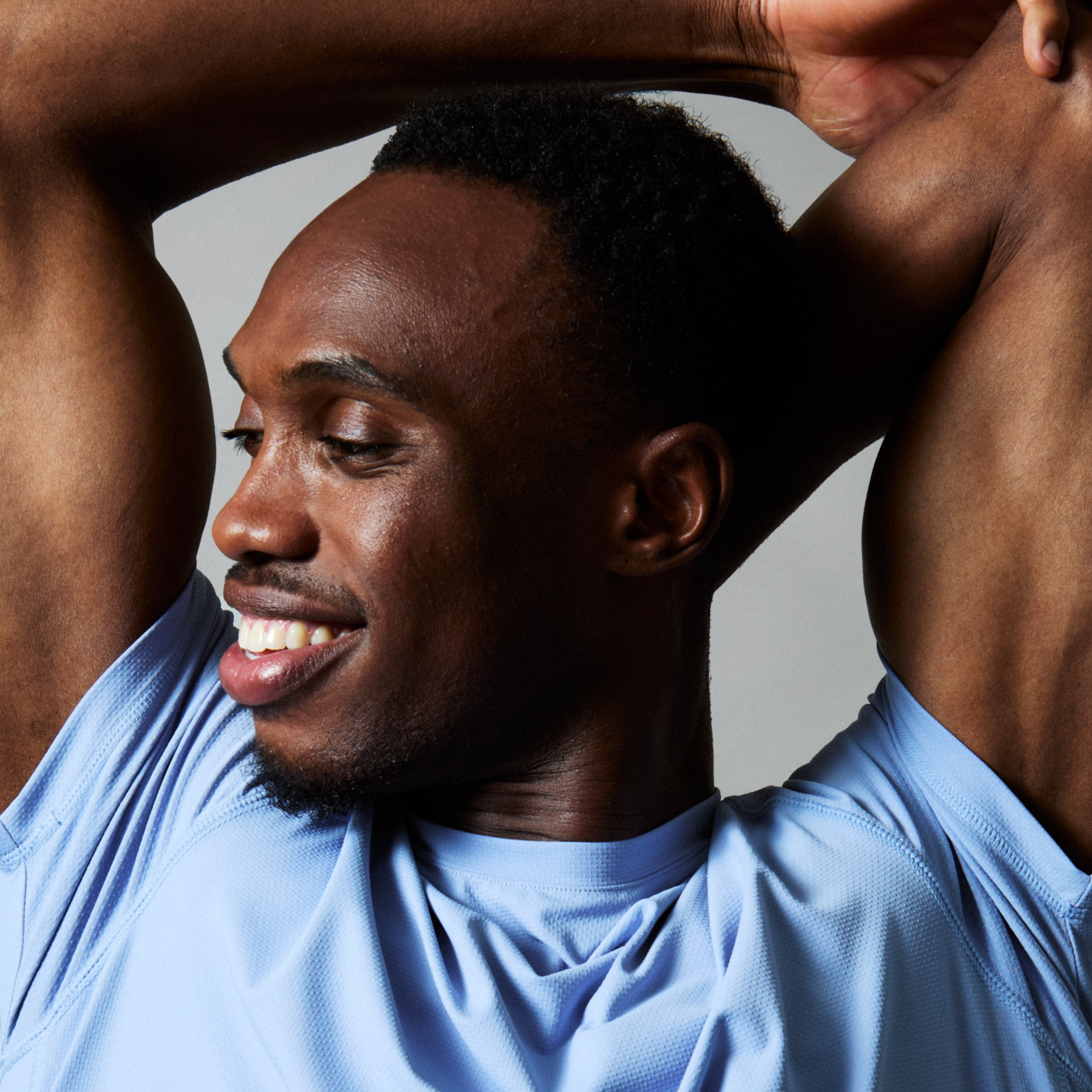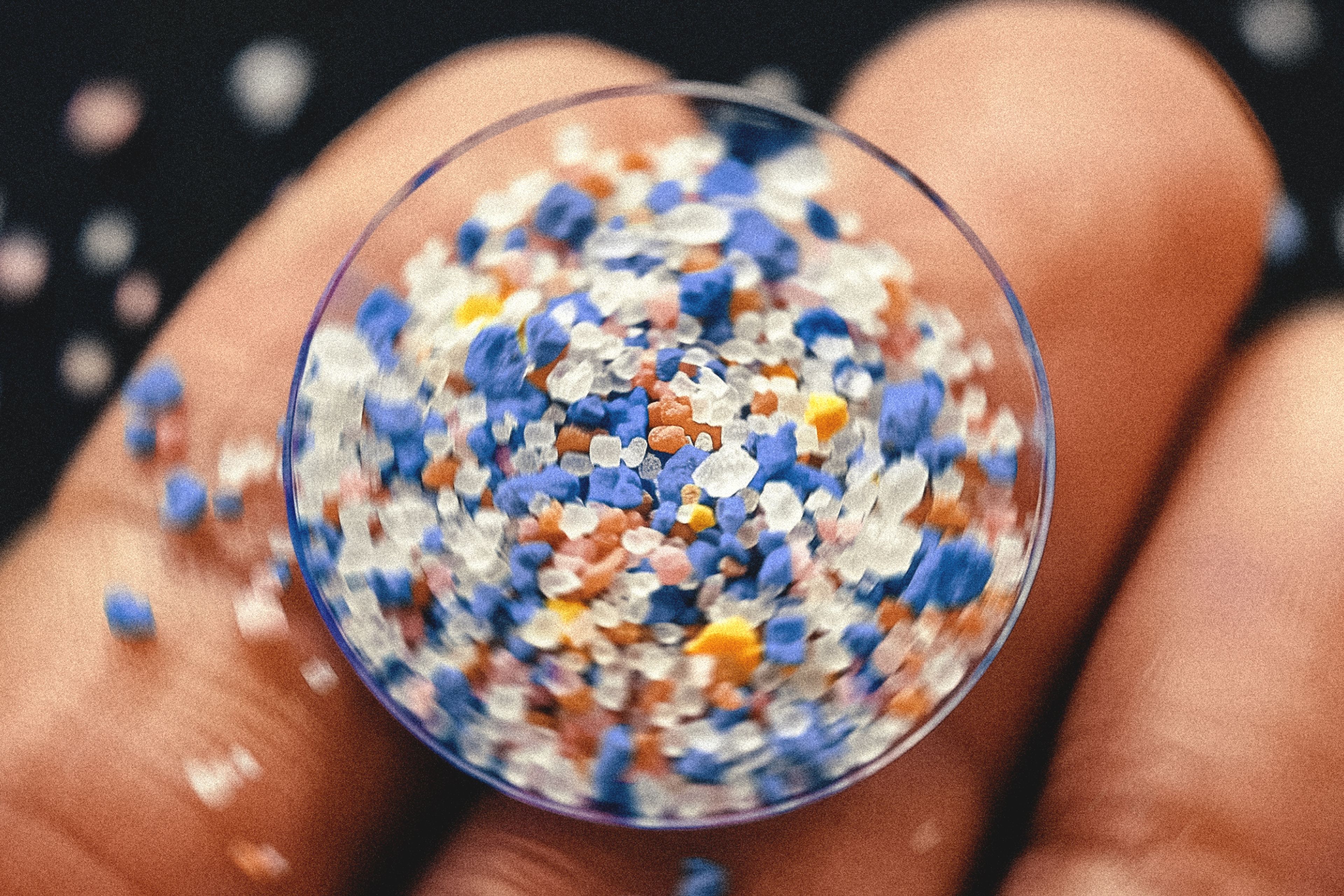Nine Winter Activities for Longevity
Don’t let cold weather stop you from getting longevity-boosting benefits from exercise. Enjoy these nine winter activities for long term health.
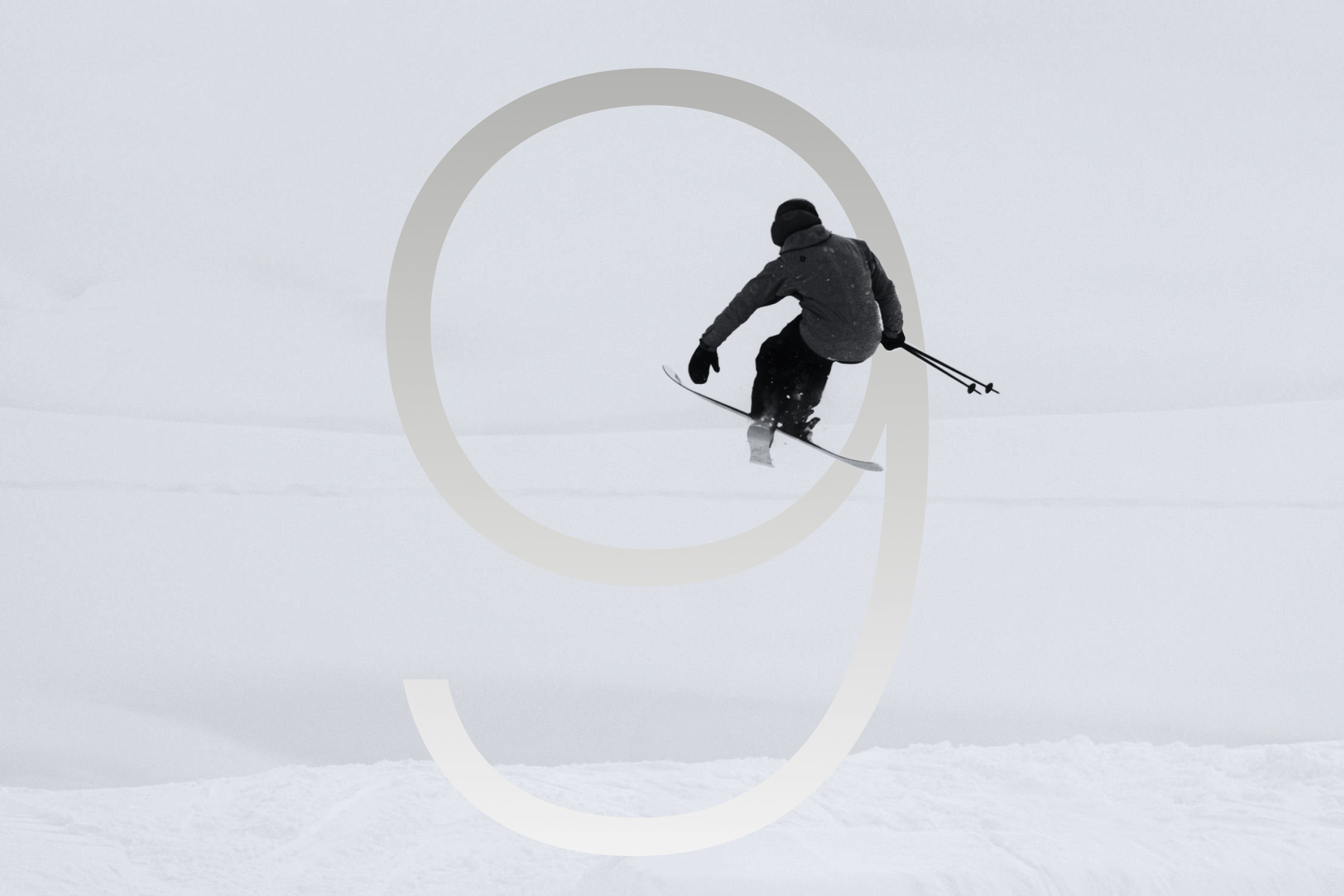
What to know
Winter can be a lonely, isolating time, which threatens physical and mental health.
Exercise at any time of year can reduce risks of cardiovascular disease, cancer, and even death.
Finding ways to stay active outside can bloster both physical and mental health.
If you’re a gym rat, treadmill rabbit, or indoor cycling superstar, warming yourself from the bone-chilling temperatures of winter with the hum of fluorescent lighting can sound delightful. But if the health club in winter sounds downright frightful to you, it can be easy to cocoon until spring.
“Don’t make the mistake of thinking, ‘it’s winter, so it gets dark early. I’m going to hunker down and not do anything,’” says Dan Ritchie, Ph.D., co-founder of the Functional Aging Institute. “Winter is the time to look for new activities.”
Learning new motor patterns with new activities can help keep our brains sharp, he says, in ways that doing the same workout over and over can’t. Moving through the cold months will also let you enter spring feeling spry, ready to resume all the sunny outdoor activities and exercise that can help extend your healthspan. Physical fitness, after all, may be the most important lifestyle factor for fending off chronic diseases like cardiovascular disease and diabetes[1]. And you don’t need to spend hours doing it. Just 15 minutes of daily exercise can reduce the risk of early death.[2]
We’ve curated our list of the top nine winter sports to promote health and longevity.
Disclaimer: Due to the icy and cold conditions of winter sports, certain risks are involved with these activities. Check with your healthcare provider before starting or changing your physical activity program.
A Surprising Benefit of Winter Sports
Winter sports are excellent for cardiovascular and muscle health, and the added challenge of navigating icy conditions helps improve balance.
Participating in one of these nine winter activities—or any other of your choosing—will also help you fend off another form of longevity sabotage: Loneliness.
“It’s very easy to sit by yourself in the winter when it’s four degrees outside,” says Mike Nelson, Ph.D., adjunct professor at the Carrick Institute and founder of Extreme Human Performance. “But loneliness is one of the number one risk factors for death as you get older.”
That’s true: Numerous studies have shown that loneliness increases the chances of early death by more than 25 percent.[3]
Nine Winter Sports for Longevity
Get outside, get together, and live a longer, happier, healthier life with these nine longevity-boosting sports, perfect for winter weather.
1. Downhill Skiing
Skiing is a nearly perfect activity for maintaining function and healthspan, says Ritchie.
“It requires muscular endurance, lower body strength, cardiovascular endurance, reaction time, and balance,” he says, all key to living well for longer.
Skiing works your heart harder than you may realize: When scientists compared alpine skiing, cross-country skiing, and indoor cycling in a 2017 study, downhill skiers who practiced short turns were able to reach the same levels of exertion as participants in the other two forms of cardio[4]. Skiers reached greater than 90 percent of their max heart rate, a level that can qualify alpine skiing as high-intensity interval training—a type of exercise that has been shown to increase longevity more than moderate-intensity, continuous cardio.[5]
2. Cross-Country Skiing
With regards to cross-country skiing, Ritchie notes that “It requires a tremendous amount of balance and lower body function, which are two of the most critical things as we age.” Keeping lower-body function, he explains, is a primary driver of healthy golden years. “If you lose some upper body strength, or even some shoulder mobility, you can still live to 100. But if you can’t get out of a chair, or can’t maintain balance on two feet … you’re not going to make it to 100.”
When it comes to cross-country skiing, studies bear this out: An observational study of Finnish men found that those who cross-country skied regularly had a lower mortality risk than non-skiers[6]. A 2019 study comparing the impacts of cross-country versus running suggests that skiers may be associated with lower all-cause mortality risk than runners.
Another bonus of this activity, Nelson says, is simply that it’s outside.
“Any type of recreation you’re doing outside, you’re learning new motor patterns, which is an underappreciated aspect of function,” he says. When participating in a sport like cross-country, or even just walking or running outside, the varying terrain means your mind has to stay engaged to keep you upright, instead of zoning out.
3. Winter Nature Walking
If your hometown gets cold, but doesn’t get snow, bundle up and strap on your walking shoes, Ritchie says. Walking in the forest in winter is less crowded, so you’ll enjoy more of the sounds of nature, and may have more interactions with squirrels, birds, and other wildlife.
You’ll also get more overall activity, which is one of the main drivers of longevity, even if you have a chronic condition. In one study, scientists examined activity’s impacts on early death among healthy people. It also looked 20 different health conditions, including type 2 diabetes and cardiovascular disease. In every group, more physical activity meant more protection against all-cause mortality—a.k.a. early death.[7]
Walking in the forest comes with its own bonus benefits: A research review on the impacts of the woods on elderly populations found that walking among the trees reduces blood pressure levels, symptoms of depression, and stress, among other benefits.[8]
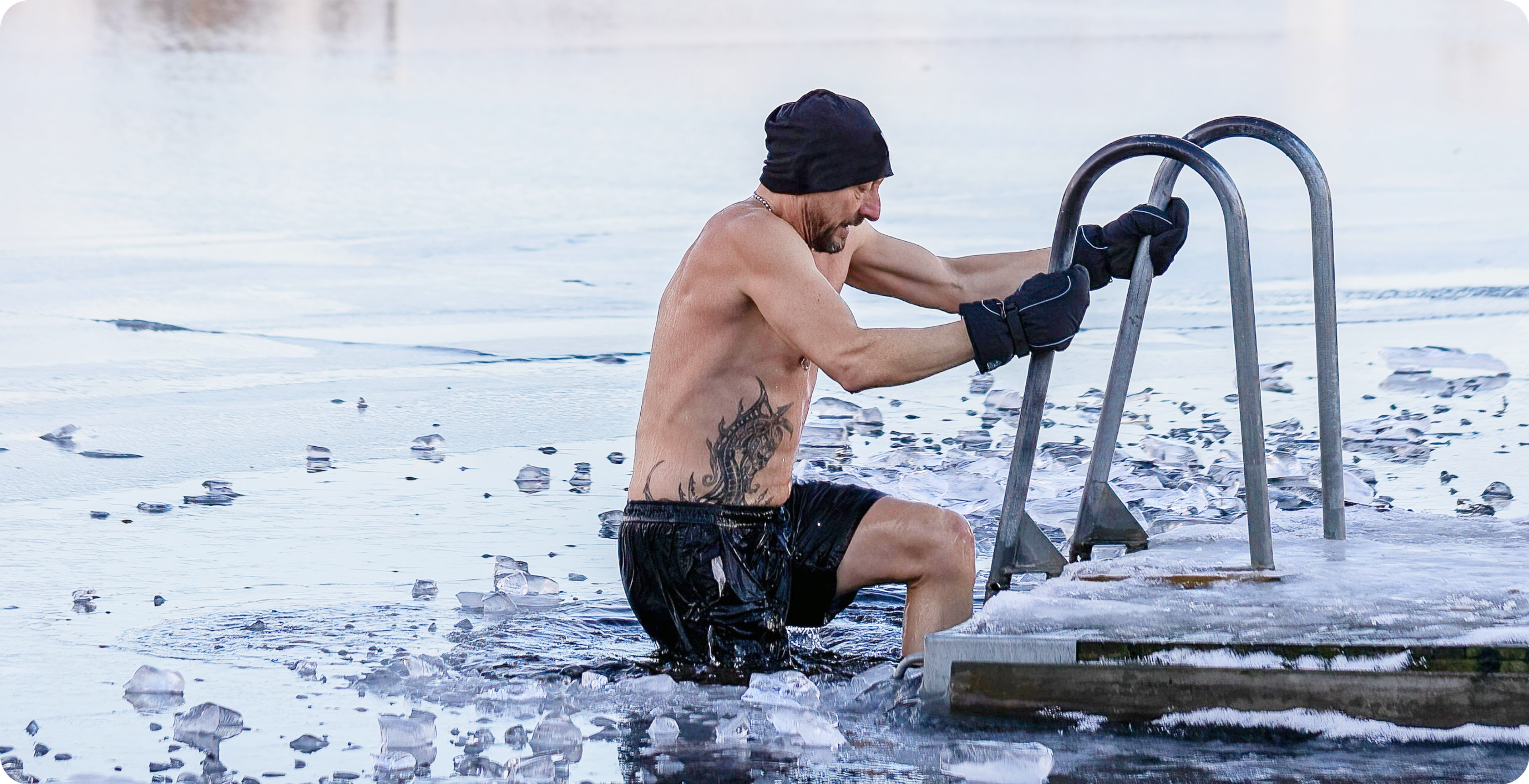
4. Cold Water Outdoor Swimming
If you’ve got the guts—and want to make friends with others who have the same amount of gusto—try trading indoor winter swimming for wild, outdoor swimming in the cold. Not only is it exhilarating, but this chilly hobby has also been found to boost mood, winter health, and even blood markers associated with athletic performance.
Those markers include erythropoietin (EPO) and blood count. In a 2019 study, healthy adults who went cold water swimming twice per week through the winter increased levels of both.[9] EPO is an important hormone that triggers the production of red blood cells, increasing the body’s ability to deliver oxygen to the muscles. Naturally, raising the production of EPO is associated with better endurance, recovery, and oxygen efficiency.
Several studies have demonstrated the benefits of getting in cold water. In a 2020 study, people who took a 10-week cold water swimming course boosted their moods.[10] A four-month study of winter swimming found that participants felt more energetic and happier afterward and that subjective pain from certain conditions had subsided.[11]
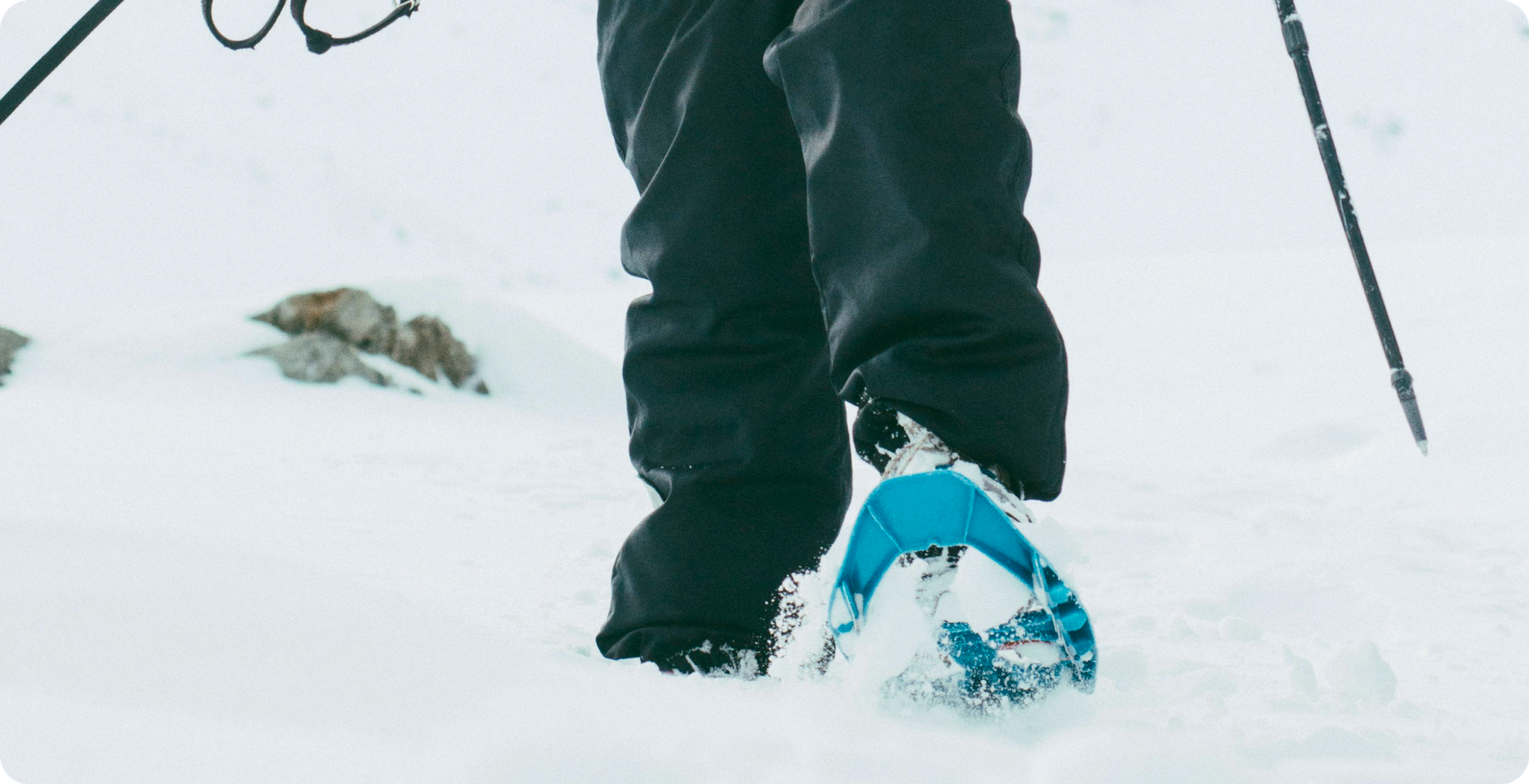
5. Snow-shoeing
If you can walk, you can snowshoe—and that’s exactly why this winter sport is a fantastic longevity booster. Snowshoeing is a low-impact, full-body workout that strengthens the lower body, engages the core, and even works the upper body when using poles. Walking in deep snow requires extra effort, which increases cardiovascular endurance and builds lower-body strength—both crucial for maintaining mobility as we age. Research suggests that a 6-week snow-shoe training program resulted in a significant increase in VO2 max, a critical marker of cardiovascular health and an emerging longevity biomarker.[12]
But it’s not just your muscles that benefit—your brain does, too. Navigating snowy trails requires proprioception, or an awareness of your body’s position in space, which declines with age. Snowshoeing can help keep this skill sharp, reducing fall risk in daily life.
6. Ice Skating
Gliding across the ice might look effortless, but beneath its graceful exterior, ice skating is a full-body workout that strengthens muscles, improves balance, and enhances cardiovascular health—all essential components of longevity.
One of the most critical aspects of healthy aging is maintaining balance to prevent falls, a leading cause of injury as we get older. Ice skating forces you to engage stabilizing muscles in your legs and core, strengthening them in ways that traditional walking or running cannot.
A study of older adults demonstrated this benefit. Posture measurements in elderly individuals who ice-skated were better than those who did not ice-skate. Additionally, the older ice-skaters' postural control was closer to that of younger adults.[13]
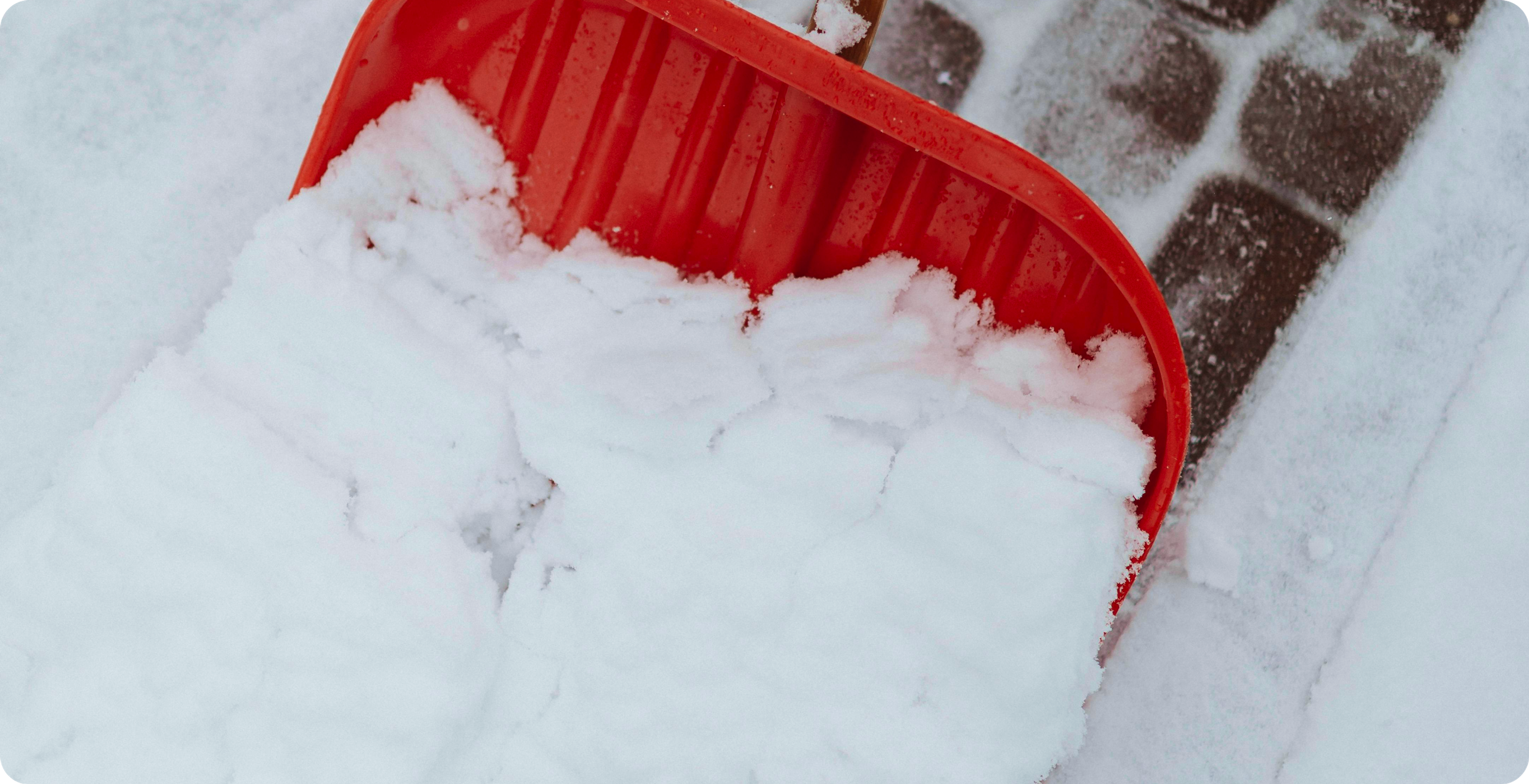
7. Snow shoveling
Snow shoveling might not seem like a sport, but this winter chore doubles as a functional workout that builds strength, endurance, and cardiovascular health—all while keeping your driveway clear. Done correctly, it can be a full-body exercise that supports longevity by improving muscle function, heart health, and mobility.
Lifting and tossing heavy snow engages multiple muscle groups, making snow shoveling an excellent strength-training exercise. Studies have demonstrated high levels of calorie burn, and the corresponding rise in heart rate classifies snow shoveling as a high-intensity activity.[14]
A note of caution with snow shoveling: While snow shoveling is a great workout, it has been linked to injuries and even heart attacks, so it's important to pace yourself, use proper form, and consult your doctor if you have any health concerns.
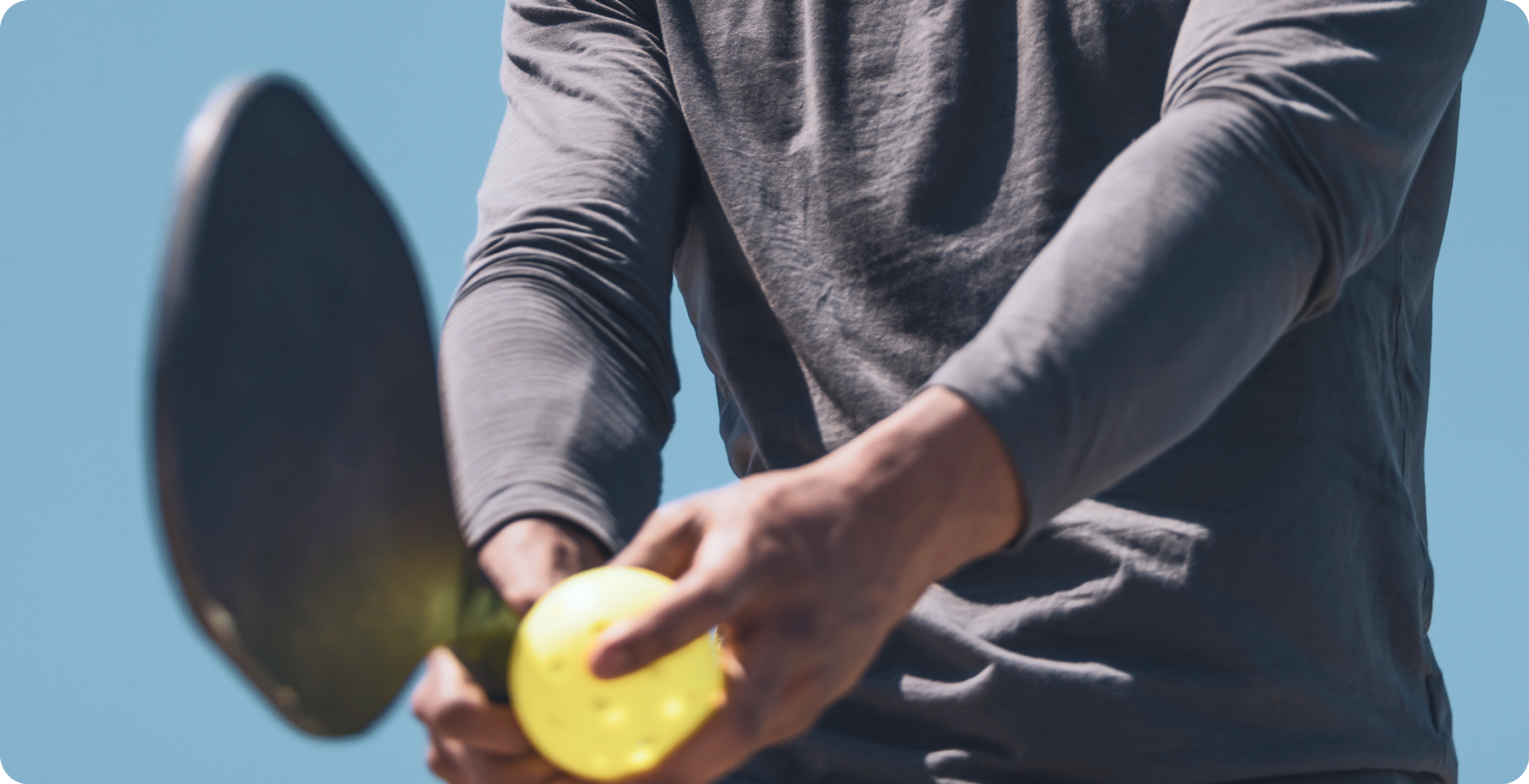
8. Pickleball (Indoors)
If playing America’s fastest-growing sport outside in the cold is not enticing, pickleball can also be played inside. Ritchie says he predominantly plays pickleball indoors all year round. If you’ve been playing outdoors, you can continue to reap the game’s social and physical longevity benefits inside.
What benefits? Start with better biometric markers: A study found that people who played pickleball three times per week had significant improvements in blood pressure and blood lipid parameters.[15]
Pickleball’s impacts on mental well-being are even more crucial: One study found that during COVID-19 lockdowns, people who regularly played pickleball felt more life satisfaction than those who had to stop playing.[16] And in a small study where pickleball was used as a health intervention, players experienced improved moods, had more energy, and were more self-confident after six weeks of playing.[17]
9. Fat Biking
I love cycling but don’t want to be confined to an indoor spin class. “Fat biking” may be the winter sport for you. With oversized, low-pressure tires designed for snow and sand, fat bikes allow riders to cruise over snowy trails and icy paths with ease, turning your favorite summer activity into a winter workout.
Like mountain biking, fat biking provides a solid cardiovascular workout, helping to improve heart health and endurance. Research shows that cycling, in general, is linked to lower mortality risk and better metabolic health. Unlike traditional road cycling, riding on snow requires more resistance and full-body engagement, which increases calorie burn and strengthens stabilizing muscles. [18]This will also help with balance, coordination, and proprioception (your body's ability to sense movement and positioning).
Compared to high-impact sports like skiing or snowboarding, fat biking is gentler on the joints while still providing an effective workout, making it a safer option for those looking to stay active in the winter without excess strain on the knees or hips.
Supporting Longevity with Mitopure®
Engaging in winter sports is an excellent way to build strength, improve cardiovascular fitness, and maintain balance—all crucial factors for extending healthspan. While movement is a key pillar of longevity, optimizing your body’s cellular health can take those benefits even further.
That’s where Mitopure®, a highly pure form of Urolithin A, comes in.
Cellular Health Matters
Every one of the activities listed—whether it’s skiing, skating, or even snow shoveling—relies on energy from the mitochondria. As we age, our mitochondria naturally decline in function, leading to reduced cellular energy and reduced muscle strength. Maintaining mitochondrial efficiency is key to staying active and energetic, no matter the season.
Mitopure® works by activating mitophagy, the body’s natural process of clearing out damaged mitochondria and replacing them with healthier, more efficient ones. [19]Research has shown that Urolithin A supplementation can:
- Improve mitochondrial health: After just four weeks of taking Mitopure®, significant improvements were observed in key markers of mitochondrial function and cellular energy production, supporting overall vitality and endurance.[20]
- Improve muscle endurance: Our ENERGIZE trial demonstrated that 1000mg of Mitopure over 2 months improved muscle endurance in older adults by 17%.[21]
- Improve muscle strength: Our ATLAS trial showed that 500 mg of Mitopure improved muscle strength by 12% after 4 months.

Mitopure Softgels
Bestseller4.4 · 2982 reviews
The simplest form of Mitopure
Pairing Winter Movement with Mitopure® for Optimal Healthspan
Staying active during the colder months is a powerful way to keep your body strong and resilient. But to truly maximize the benefits of these winter activities, supporting your body at the cellular level is just as important.
By integrating Mitopure into your routine, you can enhance your energy levels, improve muscle endurance, and ensure that your mitochondria are working at peak efficiency—so you don’t just survive winter but thrive through it.
So lace up your skates, grab your snowshoes, and fuel your longevity from the inside out with the power of Mitopure.
Authors
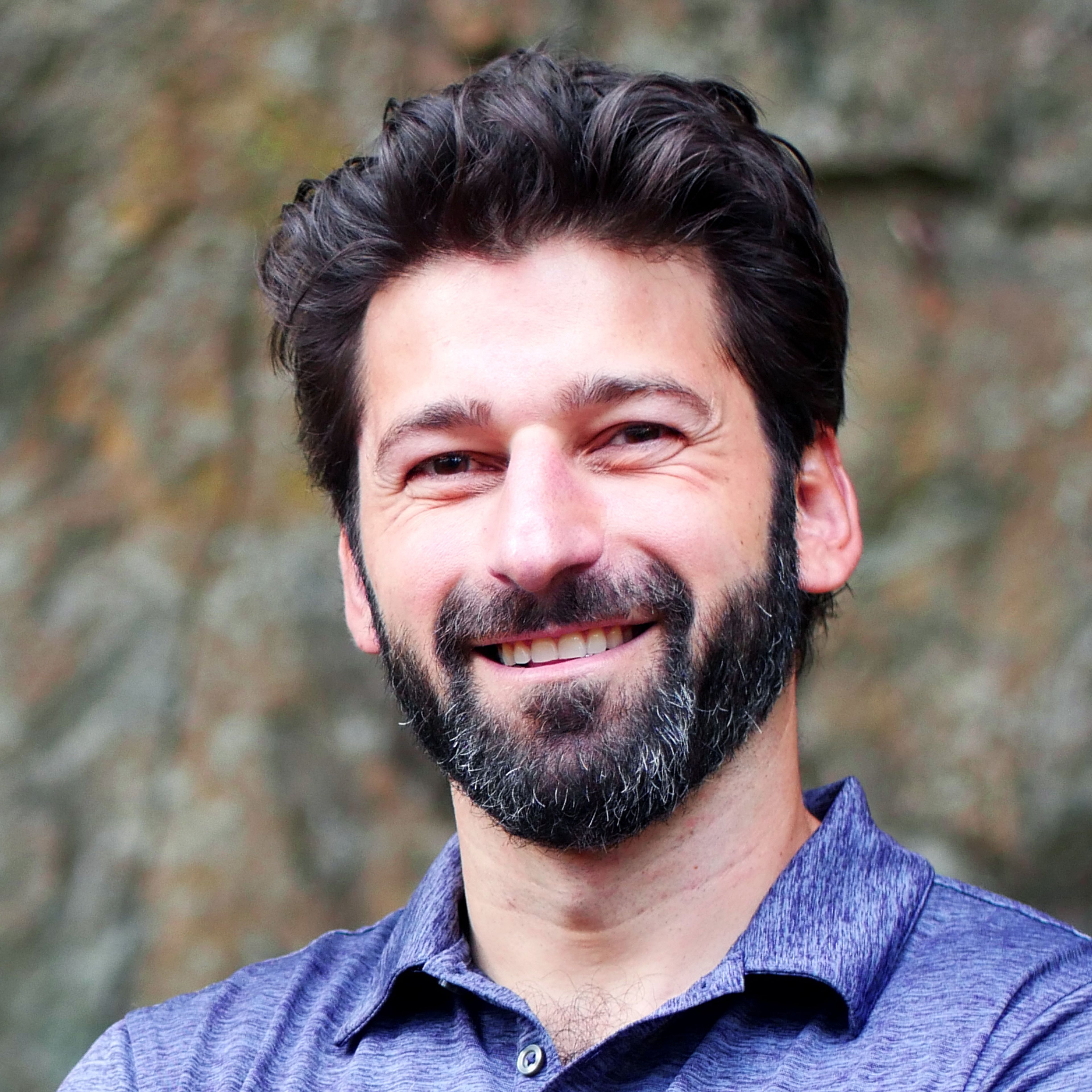
Written by
Health & Fitness Writer

Reviewed by
Senior Manager of Nutrition Affairs
References
- ↑
Guan Y, Yan Z. Molecular Mechanisms of Exercise and Healthspan. Cells. 2022;11(5):872. Published 2022 Mar 3. doi:10.3390/cells11050872
- ↑
Wen CP, Wai JP, Tsai MK, et al. Minimum amount of physical activity for reduced mortality and extended life expectancy: a prospective cohort study. Lancet. 2011;378(9798):1244-1253. doi:10.1016/S0140-6736(11)60749-6
- ↑
Holt-Lunstad J, Smith TB, Baker M, Harris T, Stephenson D. Loneliness and social isolation as risk factors for mortality: a meta-analytic review. Perspect Psychol Sci. 2015 Mar;10(2):227-37. doi: 10.1177/1745691614568352. PMID: 25910392.
- ↑
Stöggl TL, Schwarzl C, Müller EE, et al. Alpine Skiing as Winter-Time High-Intensity Training. Med Sci Sports Exerc. 2017;49(9):1859-1867. doi:10.1249/MSS.0000000000001289
- ↑
Stensvold D, Viken H, Steinshamn S L, Dalen H, Støylen A, Loennechen J P et al. Effect of exercise training for five years on all cause mortality in older adults—the Generation 100 study: randomised controlled trial BMJ 2020; 371 :m3485 doi:10.1136/bmj.m3485
- ↑
Laukkanen JA, Laukkanen T, Kunutsor SK. Cross-country skiing is associated with lower all-cause mortality: A population-based follow-up study. Scand J Med Sci Sports. 2018;28(3):1064-1072. doi:10.1111/sms.12980
- ↑
Marks-Vieveen JM, Uijtdewilligen L, Motazedi E, et al. Physical Activity Levels, Correlates, and All-Cause Mortality Risk in People Living With Different Health Conditions. J Phys Act Health. 2024;21(4):394-404. Published 2024 Feb 24. doi:10.1123/jpah.2023-0387
- ↑
Piva G, Caruso L, Gómez AC, et al. Effects of forest walking on physical and mental health in elderly populations: a systematic review. Rev Environ Health. 2022;39(1):121-136. Published 2022 Oct 17. doi:10.1515/reveh-2022-0093
- ↑
Checinska-Maciejewska Z, Niepolski L, Checinska A, et al. Regular cold water swimming during winter time affects resting hematological parameters and serum erythropoietin. J Physiol Pharmacol. 2019;70(5):10.26402/jpp.2019.5.10. doi:10.26402/jpp.2019.5.10
- ↑
Massey, H, Kandala, N, Davis, C, Harper, M, Gorczynski, P, Denton, H. Mood and well-being of novice open water swimmers and controls during an introductory outdoor swimming programme: A feasibility study. Lifestyle Med. 2020; 1:e12. https://doi.org/10.1002/lim2.12
- ↑
Huttunen P, Kokko L, Ylijukuri V. Winter swimming improves general well-being. Int J Circumpolar Health. 2004 May;63(2):140-4. doi: 10.3402/ijch.v63i2.17700. PMID: 15253480.
- ↑
Connolly DA, Henkin JA, Tyzbir RS. Changes in selected fitness parameters following six weeks of snowshoe training. J Sports Med Phys Fitness. 2002 Mar;42(1):14-8. PMID: 11832869.
- ↑
Lamoth CJ, van Heuvelen MJ. Sports activities are reflected in the local stability and regularity of body sway: older ice-skaters have better postural control than inactive elderly. Gait Posture. 2012 Mar;35(3):489-93. doi: 10.1016/j.gaitpost.2011.11.014. Epub 2011 Dec 16. PMID: 22178031.
- ↑
Suda, T., Takizawa, K., Konishi, N., Omiya, S., & Tsutaki, S. (2019). Physiological responses to intensive snow shoveling performed by volunteers in heavy snowfall area. Bulletin of Glaciological Research. https://doi.org/10.5331/bgr.19a01 (https://www.google.com/url?q=https://doi.org/10.5331/bgr.19a01&sa=D&source=docs&ust=1737662926351482&usg=AOvVaw3o2B1iv5GCgGor5QqOYWq-).
- ↑
Smith, Leslie & Buchanan, Christina & Dalleck, Lance. (2018). The Acute and Chronic Physiological Responses to Pickleball in Middle-Aged and Older Adults. International Journal of Research in Exercise Physiology. 13. 21-32.
- ↑
Casper, J. M., Bocarro, J. N., & Lothary, A. F. (2021). An examination of pickleball participation, social connections, and psychological well-being among seniors during the COVID-19 pandemic. World Leisure Journal, 63(3), 330–346.
- ↑
Wray P, Ward CK, Nelson C, Sulzer SH, Dakin CJ, Thompson BJ, Vierimaa M, Das Gupta D, Bolton DAE. Pickleball for Inactive Mid-Life and Older Adults in Rural Utah: A Feasibility Study. Int J Environ Res Public Health. 2021 Aug 7;18(16):8374. doi: 10.3390/ijerph18168374. PMID: 34444124; PMCID: PMC8391496.
- ↑
Zhao, Y., Hu, F., Feng, Y., Yang, X., Li, Y., Guo, C., Li, Q., Tian, G., Qie, R., Han, M., Huang, S., Wu, X., Zhang, Y., Wu, Y., Liu, D., Zhang, D., Cheng, C., Zhang, M., Yang, Y., Shi, X., Lu, J., & Hu, D. (2021). Association of Cycling with Risk of All-Cause and Cardiovascular Disease Mortality: A Systematic Review and Dose–Response Meta-analysis of Prospective Cohort Studies. Sports Medicine, 51, 1439 - 1448. https://doi.org/10.1007/s40279-021-01452-7 (https://www.google.com/url?q=https://doi.org/10.1007/s40279-021-01452-7&sa=D&source=docs&ust=1737665984452646&usg=AOvVaw3YYxXvJLUmVEzyRSATzrB-).
- ↑
Andreux, P.A., Blanco-Bose, W., Ryu, D. et al. The mitophagy activator urolithin A is safe and induces a molecular signature of improved mitochondrial and cellular health in humans. Nat Metab 1, 595–603 (2019). https://doi.org/10.1038/s42255-019-0073-4 (https://www.google.com/url?q=https://doi.org/10.1038/s42255-019-0073-4&sa=D&source=docs&ust=1737662926353500&usg=AOvVaw1DmgJLRDLIzLb_Y8A3NprF)
- ↑
Andreux, P.A., Blanco-Bose, W., Ryu, D. et al. The mitophagy activator urolithin A is safe and induces a molecular signature of improved mitochondrial and cellular health in humans. Nat Metab 1, 595–603 (2019). https://doi.org/10.1038/s42255-019-0073-4 (https://www.google.com/url?q=https://doi.org/10.1038/s42255-019-0073-4&sa=D&source=docs&ust=1737662926342424&usg=AOvVaw3f5PDXRwDaSJzRHyusbhsY)
- ↑
Liu S, D’Amico D, Shankland E, et al. Effect of Urolithin A Supplementation on Muscle Endurance and Mitochondrial Health in Older Adults: A Randomized Clinical Trial. JAMA Netw Open. 2022;5(1):e2144279. doi:10.1001/jamanetworkopen.2021.44279



